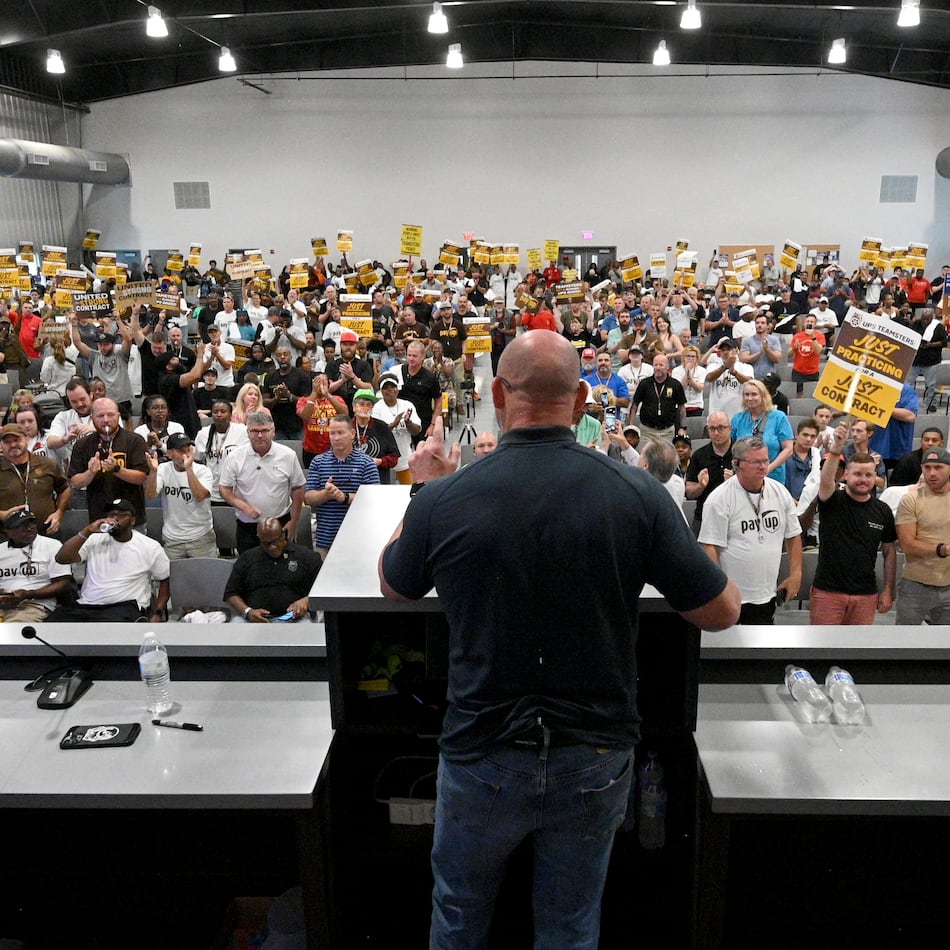In the debate over energy policy, it might seem as though environmentalists and industry representatives spew enough hot air to warm the planet a couple degrees on their own.
But last month, America’s heating and cooling equipment manufacturers teamed up with the environmental community to forge an agreement on energy efficiency standards that will have a significant impact on U.S. energy demand and aid in the fight against global warming.
This represents a major step forward in the nation’s drive to increase energy efficiency — and shows it is possible for industry and environmentalists to move beyond acrimonious debates and work together to address energy, environmental and economic problems.
The agreement will begin to take effect in 2013. It establishes efficiency standards for residential furnaces, central air conditioners and heat pumps in each of three specific regions in the United States. In hotter areas, like the Southeast and Southwest, the new standards for furnaces are appropriate for the climate. The same is true for air conditioners. In this way, the agreement both lays the groundwork for significant energy savings and helps make heating or cooling homes more cost-effective, regardless of climate.
Given that heating and cooling account for about 43 percent of the typical American family’s energy consumption, the improvements in air conditioner and furnace efficiency we’ve agreed to can yield a substantial drop in energy demand. That drop in demand will also lead to lower emissions of carbon dioxide and other greenhouse gases — and a healthier environment.
In past years, equipment manufacturers might have simply continued to oppose, on economic and marketplace grounds, stricter standards for energy efficiency. Environmental advocates might have sought stronger standards and, if unsuccessful, filed suit over government standards they didn’t find strict enough. But at a time when government regulatory policies and an unpredictable economic climate have created uncertainty in the marketplace, our two traditionally adversarial groups sat down and worked things out on our own.
After years of fighting it out at the Department of Energy, the Environmental Protection Agency and even in the courts, we decided to bring together the major players and see if we could do what hadn’t been done before — create a proposal for regional standards and timetables for compliance rather than waiting for government to do it.
It took about a year, but the results, once the agreement is fully implemented, will save the nation about 3.7 quadrillion Btu of energy between 2013 and 2030. That’s enough to provide for the yearly energy needs of 18 million households. These energy savings will result in cumulative greenhouse gas emission reductions of 23 million metric tons of CO2 in 2030, an amount equal to that produced by approximately 4 million cars every year. Finally, this agreement will save consumers about $13 billion in today’s dollars, even after the increased cost of more efficient equipment.
This agreement proves that industry and advocates can work together to meet the nation’s energy and environmental goals. Now it’s time for Congress and the president to make these standards the law of the land.
Stephen Yurek is president of the Air-Conditioning, Heating, and Refrigeration Institute. Steven Nadel is executive director of the American Council for an Energy-Efficient Economy.
About the Author
Keep Reading
The Latest
Featured

